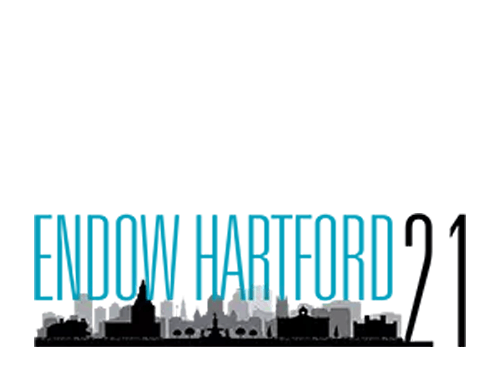Schechter Shavua: December 14, 2020
Integrating Science, Judaic Studies and Art Offers Students the Bigger Picture
 The Parparim class (grades K-1) has been immersed in an integrated Judaic Studies and Science unit that incorporates both the story of Noah and the Ark and a unit studying animals and their habitats. In Judaic Studies, the class had conversations about the big questions connected to the story of Noah: why G-d chose Noah to be the messenger, the brit(promise) that G-d made to Noah never to flood the earth again, how this story relates to us now, and what it means to have second chances in life. Meanwhile, the students were classifying animals, then researching and creating their habitats with a partner, including rainforests, oceans, deserts, wetlands, grasslands, forests, and arctic/polar climates. The students concluded the unit with a rainbow science activity.
The Parparim class (grades K-1) has been immersed in an integrated Judaic Studies and Science unit that incorporates both the story of Noah and the Ark and a unit studying animals and their habitats. In Judaic Studies, the class had conversations about the big questions connected to the story of Noah: why G-d chose Noah to be the messenger, the brit(promise) that G-d made to Noah never to flood the earth again, how this story relates to us now, and what it means to have second chances in life. Meanwhile, the students were classifying animals, then researching and creating their habitats with a partner, including rainforests, oceans, deserts, wetlands, grasslands, forests, and arctic/polar climates. The students concluded the unit with a rainbow science activity.
To make this unit even more interdisciplinary, the students added worked with Ms. Van in Art Studio to create salt dough animals from their chosen habitat. The students rolled, cut, and detailed the dough; once the animals had dried, they were able to paint additional detail to complete the 2-D sculpture animal.
Through the interdisciplinary nature of this unit and others like it, Schechter helps develop students’ learning in complex and multifaceted ways, enabling them to think critically and connect ideas across time, traditions, subject matters and learning modalities.
Click HERE to see photos of this integrated unit in action
Truly Hands-On Science
Gesher students (grades 4-5) studying the skeletal system have created moving models to show how tendons, joints, and muscles work together to make the bones move! First they made robot fingers as a model of the human finger and observed how pulling on a string, a model for tendons, causes it to bend at the joints. The students were so engaged they continued on to make a whole hand. This hand can even pick up a ball of paper. Now THAT is what we call "Hands On" Science! Watch those hands wave!!
Using Butter and Sand to Mimic Plate Tectonics
by Jeremy (Bogrim, grade 8)
Recently, my classmates and I have been learning about plate tectonics, the process of "plates," the slabs of rock that make up the Earth's surface, moving, recycling, and changing size. We learned that there are two types of plate boundaries: places where two plates collide and make room for more material, and places where molten rock from the mantle rises, connects with the existing plates, and forms new material. In my model, I chose to represent the latter. Frozen slabs of butter at the top of the tank represent two tectonic plates, while a layer of room-temperature at the bottom represents magma in the mantle. As a beaker heated up the "magma," it melted, lost density, rose, and eventually broke through the layer of sand to connect with the frozen butter. We thus observed "volcanoes" at the top of the tank from which the melted butter emerged, and the frozen plates began to move outwards. This process, referred to as "plate divergence," is constantly taking place all across the world.
Click HERE to see photos of Science in Gesher and Bogrim
Practicing Our Core Values in Our PJs!
On Friday, Schechter's Student Council organized a PaJama Day Fundraiser to support CCMC (Connecticut Children's Medical Center). Teachers and students proudly wore their PJs in school to help raise money to fight childhood cancer. By practicing our Core Values of Lev Tov (Good Heart) and Klal Yisrael (Community), we raised over $700 for CCMC on Friday! Kol Hakavod! #schechterpride #fightchildhoodcancer
Click HERE to see photos of our PJ Fundraiser for Connecticut Children's
Solomon Schechter Day School
of Greater Hartford
26 Buena Vista Road
West Hartford, CT 06107
© Solomon Schechter Day School of Greater Hartford | Site design Knowles Kreative




